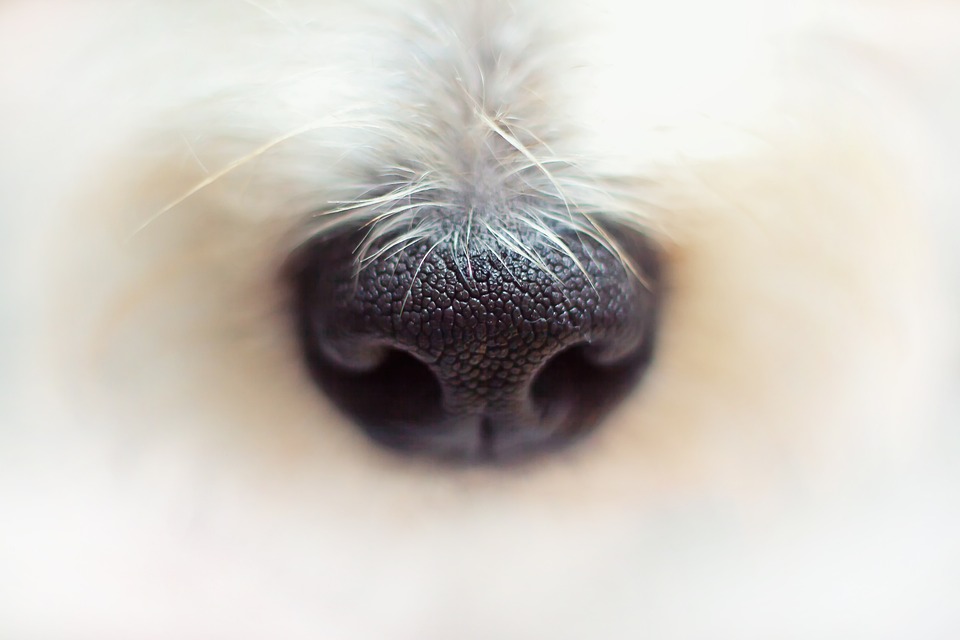Are you an aspiring artist who loves drawing adorable cartoon dogs? If so, you’re in luck! In this article, we will explore various cartoon dog drawing techniques that every artist should know. Whether you’re a beginner or an experienced artist looking to improve your skills, these techniques will help you bring your cartoon dog drawings to life.
### Background and Inspiration
Before we dive into the drawing techniques, it’s important to understand the background and inspiration behind cartoon dog drawings. Cartoon dogs have been a beloved subject in art for decades, from classic characters like Snoopy and Scooby-Doo to modern favorites like Bolt and Bluey. These lovable characters have captured the hearts of audiences around the world and continue to inspire artists of all ages.
### Getting Started
The first step in creating a successful cartoon dog drawing is to gather your materials. You’ll need a set of quality pencils, erasers, and paper to bring your creation to life. It’s important to experiment with different types of pencils and paper to find the best combination for your style and preferences.
### Understanding Basic Shapes
One of the key elements in cartoon dog drawing is understanding basic shapes. By breaking down the dog’s body into simple shapes such as circles, ovals, and triangles, you can easily create a rough outline of your character. This technique makes it easier to establish proportions and build a solid foundation for your drawing.
### Creating Dynamic Poses
To make your cartoon dog drawing more dynamic and expressive, it’s important to experiment with different poses. Whether it’s a playful stance, a curious gaze, or a comically exaggerated expression, the pose of your cartoon dog can add personality and charm to your artwork. By exploring various poses, you can bring your characters to life and engage your audience.
### Adding Detail and Texture
Once you have established the basic shapes and poses, it’s time to add detail and texture to your cartoon dog drawing. Pay attention to the fur, facial features, and other unique characteristics of the breed you’re drawing. Adding these details will enhance the realism and appeal of your cartoon dog, making it more relatable and captivating to your audience.
### Exploring Different Styles
Cartoon dog drawings come in a variety of styles, from simple and whimsical to detailed and realistic. It’s important to explore different styles and find one that suits your artistic preferences. Whether you prefer a classic, hand-drawn look or a more modern, digital style, experimenting with different techniques will help you find your unique creative voice.
### Practicing and Refining Your Skills
Like any form of art, mastering cartoon dog drawing takes practice and patience. It’s important to dedicate time to honing your skills and refining your techniques. Whether it’s through daily sketching, studying anatomy, or seeking constructive feedback, continuous practice and learning will help you improve as an artist.
### Frequently Asked Questions
Here are some frequently asked questions about cartoon dog drawing techniques:
Q: How can I make my cartoon dog drawing stand out from others?
A: To make your cartoon dog drawing stand out, focus on creating unique and expressive characters. Experiment with different poses, facial expressions, and styles to make your drawings memorable and captivating.
Q: What are some tips for drawing fur and texture?
A: When drawing fur and texture, pay attention to the direction and length of the fur. Use light, wispy lines to create a sense of volume and dimension. Experiment with different shading techniques to bring your cartoon dog to life.
Q: How can I improve my cartoon dog drawing skills?
A: To improve your cartoon dog drawing skills, practice regularly and seek inspiration from other artists. Pay attention to anatomy, proportions, and details to make your drawings more realistic and engaging.
Q: What are some common mistakes to avoid in cartoon dog drawing?
A: Some common mistakes to avoid in cartoon dog drawing include unrealistic proportions, stiff poses, and lack of expression. Be mindful of these factors and strive to create dynamic and engaging characters.
In conclusion, cartoon dog drawing is a fun and rewarding artistic endeavor. Whether you’re a beginner or an experienced artist, these techniques will help you create captivating and expressive cartoon dogs. With practice and dedication, you can bring your characters to life and share your creativity with the world. So grab your pencils and start drawing your adorable cartoon dog today!








+ There are no comments
Add yours